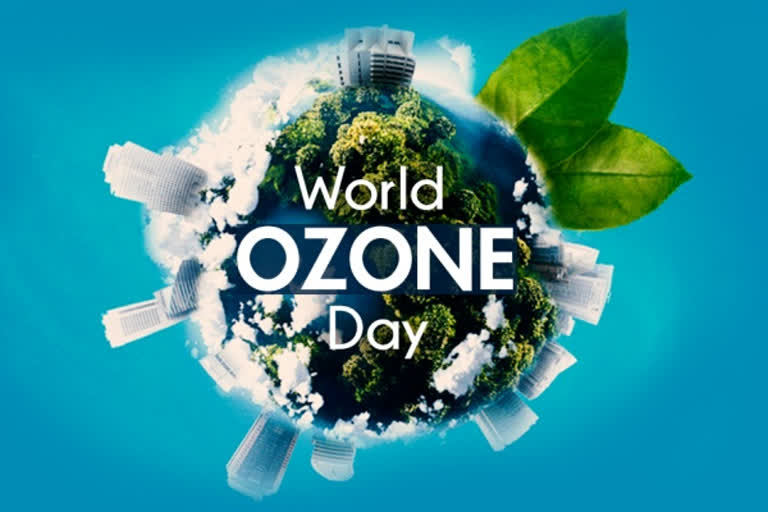Hyderabad: Every year on 16th September, World observes Ozone Day to spread awareness among people about the depletion of Ozone Layer and search possible solutions to preserve it.
Ozone is a special form of oxygen with the chemical formula O3. The oxygen we breathe and that is so vital to life on earth is O2.
The phaseout of controlled uses of ozone-depleting substances and the related reductions have not only helped protect the ozone layer for this and future generations but have also contributed significantly to global efforts to address climate change; furthermore, it has protected human health and ecosystems by limiting the harmful ultraviolet radiation from reaching the Earth.
The theme of World Ozone Day 2020 is Ozone for life: 35 years of ozone layer protection. “Ozone for life”, reminds us that ozone is crucial for our life on Earth and we must continue to protect the ozone layer for our future generations also.
The History Of World Ozone Day :
The scientific confirmation of the depletion of the ozone layer prompted the international community to establish a mechanism for cooperation to take action to protect the ozone layer. This was formalized in the Vienna Convention for the Protection of the Ozone Layer, which was adopted and signed by 28 countries, on 22 March 1985. In September 1987, this led to the drafting of The Montreal Protocol on Substances that Deplete the Ozone Layer.
September 16 was assigned by the United Nations General Assembly as the International Day for the Preservation of the Ozone Layer. This assignment had been made on December 19, 2000, in recognition of the date, in 1987, on which nations signed the Montreal Protocol on Substances that Deplete the Ozone Layer.
In 1994, the UN General Assembly declared 16 September the International Day for the Preservation of the Ozone Layer, remembering the date of the marking, in 1987, of the Montreal Protocol on Substances that Deplete the Ozone Layer.
The closure of the hole in the ozone layer was observed 30 years after the protocol was signed. Due to the nature of the gases responsible for ozone depletion, their chemical effects are expected to continue for between 50 and 100 years. Also, on this day Educators teach their students about the benefits of the Ozone layer, and special events and activities are organized to spread awareness.
On 16th September 2009, the Vienna Convention and the Montreal Protocol became the first treaties in the history of the United Nations to achieve universal ratification.
The Parties to the Montreal Protocol on Substances that Deplete the Ozone Layer reached an agreement at their 28th Meeting of the Parties on 15 October 2016 in Kigali, Rwanda to phase-down hydrofluorocarbons (HFCs). This agreement is known as Kigali Agreement.
Also read:DCGI gives nod to Serum Institute to restart phase 2,3 trials for COVID-19 vaccine
Importance of the ozone layer
Ozone (chemically, a molecule of three oxygen atoms) is found mainly in the upper atmosphere, an area called the stratosphere, between 10 and 50 km from the earth’s surface. Though it is talked of as a layer, ozone is present in the atmosphere in rather low concentrations. Even at places where this layer is thickest, there are not more than a few molecules of ozone for every million air molecules.
But they perform a very important function. By absorbing the harmful ultraviolet radiations from the sun, the ozone molecules eliminate a big threat to life forms on earth. UV rays can cause skin cancer and other diseases and deformities in plants and animals.
Causes of Depletion
